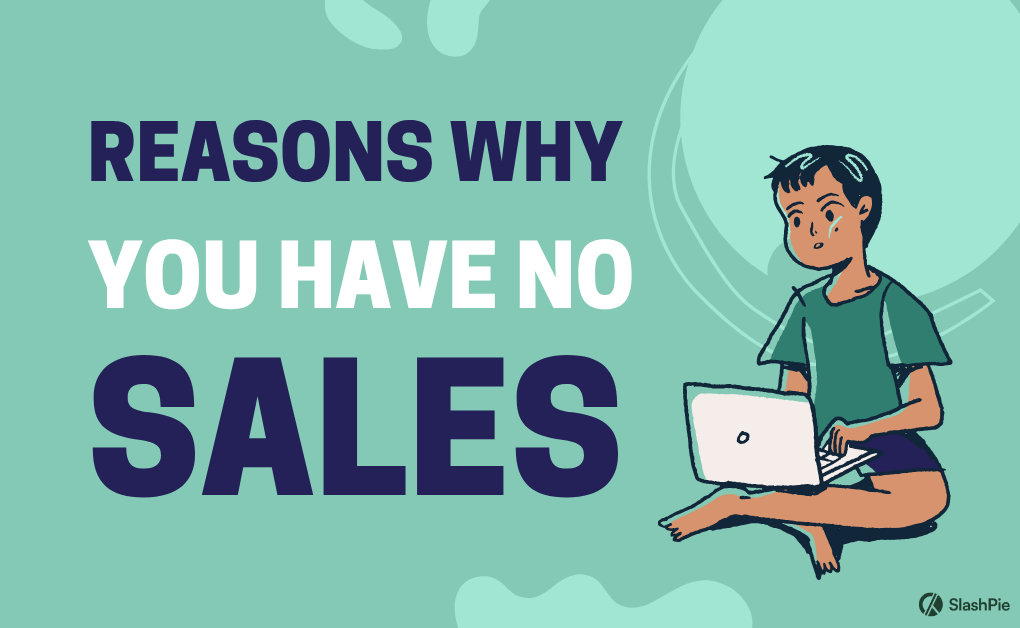The journey to making an online sale often isn’t as straightforward as you’d hoped when you first launched your e-commerce store.
Every sale depends on various factors, from that crucial first impression to the ease of the checkout process.
But what happens when you feel like you’re doing everything right, yet your efforts just aren’t paying off?
Chances are, there could be small but impactful mistakes that are costing you sales. Stay tuned as we uncover some of the most common reasons why you’re not making sales online.
Does More Traffic Mean More Sales? – Debunked
“Is more traffic really the key to more sales? It seems logical,more visitors should mean more conversions, right?
But the truth is, while traffic is important, it’s not the only factor that drives sales. There’s more to the equation.
Let’s break it down and see how traffic compares to other factors like conversion rate optimization.
| Factors | High Traffic, Low Conversion Rate | Low Traffic, High Conversion Rate |
| Traffic Volume | 10,000 visitors per month | 1,000 visitors per month |
| Conversion Rate | 1% | 10% |
| Sales per Month | 100 sales | 100 sales |
| Revenue Growth | Slow | Steady |
Even with high traffic, if your conversion rate is low, your sales might not grow as expected. Prioritize optimization over sheer numbers to yield better, and get sustainable results.
Too much talking! Now, let’s get into the main discussion. Here are the key reasons why your online store is not making any sales:
1. Your Customers Don’t Know You’re Selling Online
Many businesses miss a simple yet crucial step – telling customers that “We’re now selling online”, and they can buy from home easily with websites.
Whether you have loyal in-person shoppers or social media presence, they may not realize your online store exists.
Keep your online shop visible by reminding them consistently. When they’re ready to buy, make sure they know they have the convenient option to shop from you online.
Some effective ways to promote your online shop:
- Add clear online purchase options in-store and on social media.
- Send newsletters highlighting your online store.
- Feature online-exclusive deals to encourage visits.
Make it as easy as possible for your customers to buy in the way that suits them best, or they may turn to a competitor.
2. Not Having A Clear Brand Strategy
If you don’t have a clear brand strategy, you’re missing a big opportunity to stand out. A brand strategy helps you differentiate from competitors.
This also allows you to communicate what makes you unique to your audience. Without it, you’re just one of many, and potential customers might overlook your products.
Apple is a great example of this. Their brand is not just about selling phones. It is about creating a lifestyle.
They’ve built an emotional connection with their audience. It makes their products feel exclusive & desirable. This clear positioning has fostered a loyal community that’s tough to sway.
3. Focusing Too Much On Sales
Sometimes, the harder you push for a sale, the more people back off. A big reason for low sales might be a lack of trust.
If your brand is new, potential customers are hesitant to buy right away. They don’t know your reputation or if you deliver on your promises.
Instead of pushing for immediate sales, shift focus to building trust and a connection with your audience. Here are a few ways to do that:
- Engage with your audience on social media.
- Start a blog to share valuable insights.
- Offer free content or advice to show expertise.
Building these relationships will encourage customers to trust you. It will make them more likely to buy in the future.
4. Customers Can’t Find Your Products Easily
If you’re getting traffic but no sales, your site’s user experience might be to blame. Shoppers want to find products or services quickly, but poor navigation can frustrate them.
Hidden menus, cluttered footers, or confusing icons often drive visitors away. As your store grows, complex sub-categories may emerge, making things worse.
A report shows that almost one-third of online shoppers rely on site search to find products. To optimize your store navigation, include features like image results for easier identification.
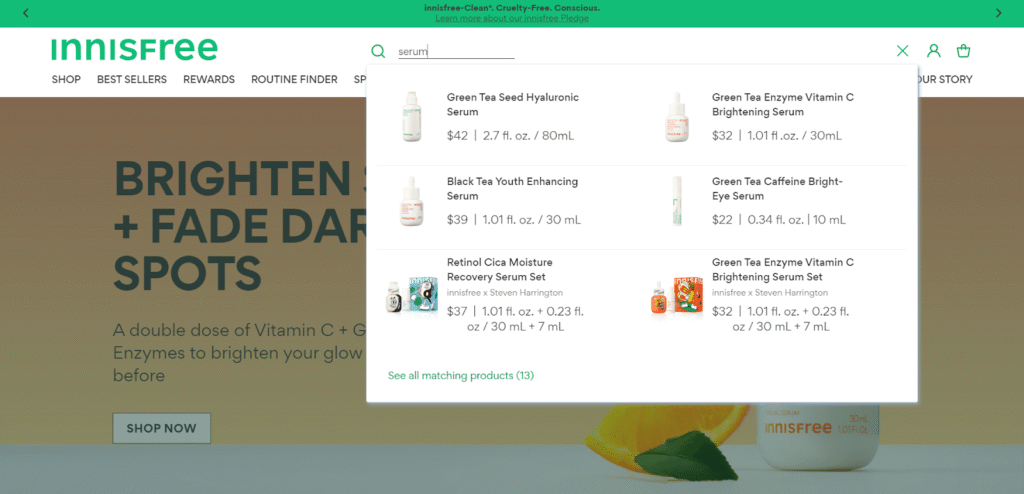
Source: Innisfree
You can also use prompts that guide users through search. Filter out unnecessary words like “for” or “in” to speed up results.
Additionally, ensure that non-product pages, such as blogs and FAQs, are part of your search results, so visitors can easily access them.
5. Targeting The Wrong Audience
Are you trying to sell products to “everyone?” Well, that might be the reason why your sales are not happening.
It’s crucial to identify the right target audience for your product and good marketing. Without this focus, visitors won’t convert.
Moreover, you may even see negative reviews or more unsubscribes. The issue could be that your product doesn’t match the audience you’re reaching.
To fix this, use the data you already have. Study how visitors behave on your site, respond to campaigns, and segment them by age, gender, location, and income.
This study will help you fine-tune your approach to attract the right customers who are more likely to buy from you.
6. Limited Payment Options
Did you know that 56% of shoppers believe having a variety of payment methods is crucial during checkout?
Offering only a few options might be why your online store isn’t converting visitors into customers.
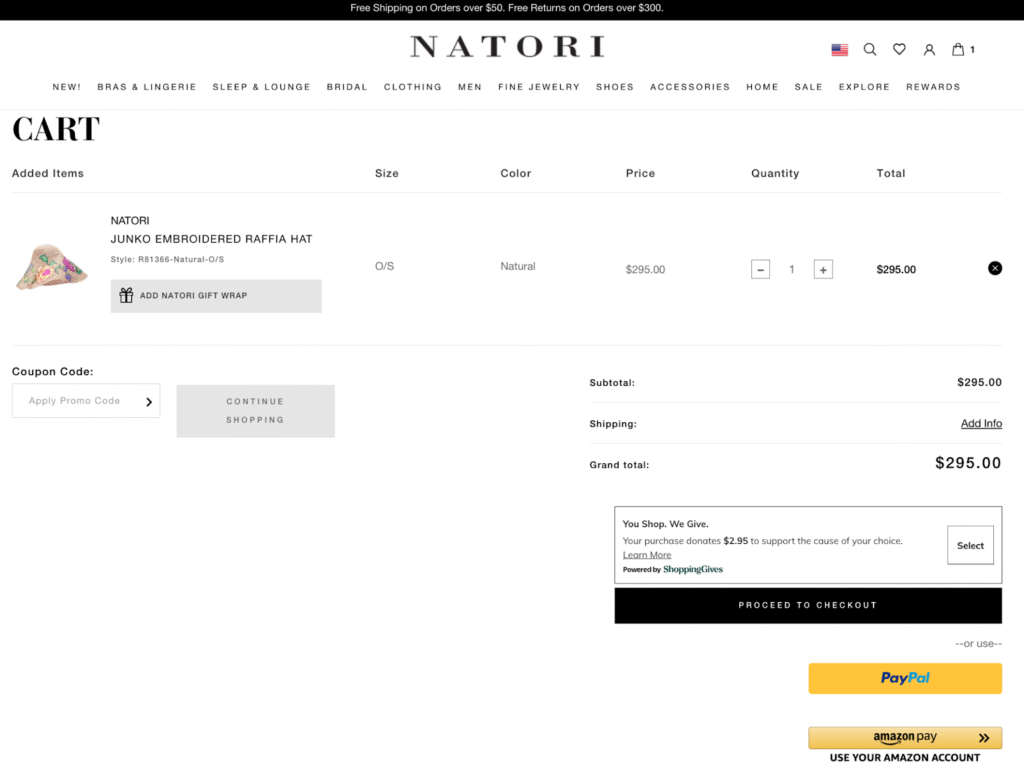
Source: ConvertCart
Many shoppers prefer using credit cards like Visa or MasterCard to earn reward points or airline miles. However, traditional credit cards aren’t the only choice.
Customers now expect more variety, such as:
- PayPal
- Apple Pay
- UPI
Shoppers choose these methods because they offer both rewards and convenience. If your store doesn’t accommodate their preferred method, they might not complete the purchase.
Offer a wider range of payment options to improve the shopping experience and increase your chances of closing the sale.
7. Your Pages Aren’t SEO Optimized
If your eCommerce site isn’t generating sales, your pages might not be optimized. Proper page optimization ensures your site can rank in search results, bringing relevant visitors.
Without this, you’ll struggle to attract traffic, leading to fewer conversions and missed sales opportunities.
Optimizing your pages for search engines can help you drive the right kind of traffic. Here are some simple yet effective SEO practices:
Use Relevant Keywords
Include keywords that match what your audience is searching for. This increases your chances of ranking higher in search results.
Improve Page Load Speed
Slow pages turn visitors away. Ensure your site loads quickly by using tools like Google PageSpeed Insights or investing in speed optimization services.
Focus on Mobile Optimization
A responsive design ensures your site works well on mobile devices, which helps your site rank better and keeps mobile users engaged.
Optimize your pages to improve your site’s visibility and attract the right audience. This will result in better traffic and more sales.
8. Not Using Reviews Correctly
Reviews are critical, but simply having them isn’t enough. If they’re not being used properly, you could be missing out on sales.
Why do reviews matter? Around 87% of buying decisions start with online research. User-generated content, like reviews, builds trust and influences purchasing decisions.
Here’s how to leverage reviews:
- Display reviews prominently: Make sure reviews are visible on product pages to reassure potential buyers.
- Encourage visuals: Allow customers to upload photos and videos showcasing their experience.
- Integrate reviews into marketing: Use positive reviews in ads or social media to build credibility and attract new customers.
Effectively using reviews can boost trust and drive conversions. Make sure they’re visible and integrated into your overall strategy.
9. You Don’t Engage with Shoppers in Real-Time
Shopping online can be overwhelming, especially when there are too many options. Many customers get frustrated trying to find the right product.
This became even more apparent during the pandemic when in-person shopping stopped abruptly. The result? A huge demand for personalized help.
Brands can meet this need by offering live chats with real shopping assistants. This not only improves the shopping experience but also helps with lead generation.
Shoppers are more likely to share their email and other details with a person rather than a bot. Take Lululemon, for example.
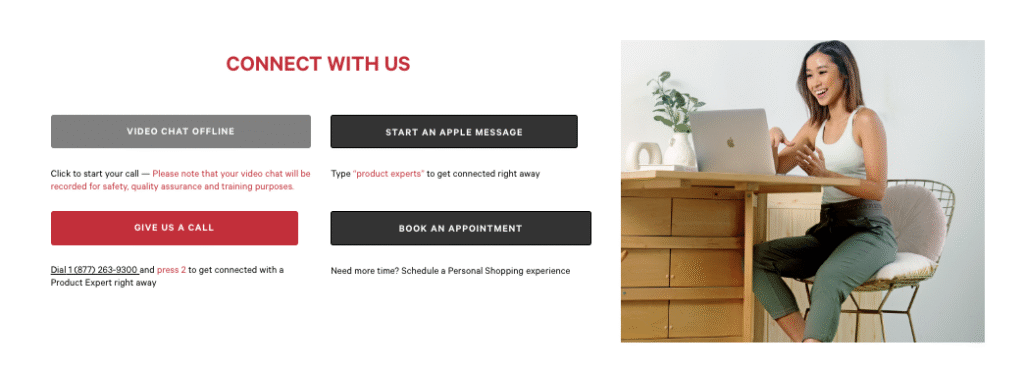
Source: Lululemon
They offer virtual shopping appointments where customers can easily book time with an expert, just by entering basic details like an email ID.
10. Doing Nothing About Abandoned Carts
Around 70% of online shoppers abandon their carts before completing a purchase. That’s a lot of potential sales slipping through the cracks.
The reasons vary – unexpected shipping costs, limited payment options, or even a bad internet (WiFi) connection. When this happens, don’t just let it slide.
Use tools like email and SMS marketing communications to remind shoppers about their abandoned carts. Here’s a sample abandoned cart email reminder:
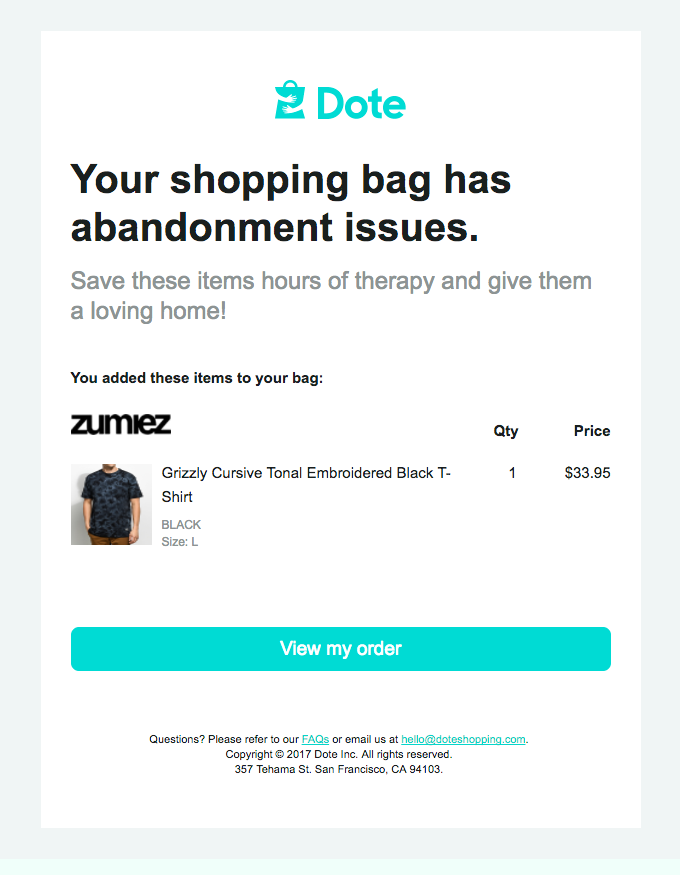
Source: Really Good Emails
Set up automated workflows to send reminders and encourage them to return and complete their purchase. Sometimes, they just need a little nudge to come back and finalize the sale.
11. You’re Only Using One Marketing Strategy
If your ecommerce site isn’t making sales, you might not be promoting it effectively. Relying on just one method of marketing limits your reach.
Different people engage with businesses through different channels, and by focusing on just one, you miss out on potential customers who prefer other ways of interacting online.
Here’s why one channel isn’t enough:
- Limited Audience: Each channel has a unique audience. Sticking to just one limits how many people see your business.
- Lack of Engagement: Different customers prefer different channels. Some engage on social media, others prefer reading content or watching videos.
- Growth Restriction: Without diverse marketing strategies, your business may struggle to grow online.
Expand your reach by promoting your site through a variety of channels. This will help drive more qualified traffic and increase your chances of making sales.
You can follow these effective marketing channels:
- Search Engine Optimization (SEO): Improve visibility on search engines to attract organic traffic.
- Pay-Per-Click (PPC) Advertising: Use paid ads to quickly gain visibility on search engines or social media.
- Social Media Marketing: Engage with audiences on platforms like Facebook, Instagram, and LinkedIn.
- Social Media Advertising: Run targeted ads to reach specific audiences on social media.
- Content Marketing: Write blogs, create infographics, and other content to educate and inform potential customers.
- Email Marketing: Build relationships with your audience by sending them valuable offers and information.
- Video Marketing: Share product demos, tutorials, and other engaging video content.
Use multiple marketing strategies to reach more potential customers, create new engagement opportunities, and increase your chances of converting leads into sales.
Wrapping Up
Although the product is often the key reason for making a purchase, buyers can easily find similar options elsewhere.
It means other factors heavily influence their decision, and if anything falls short, you could lose sales to your competitors. Don’t focus solely on making sales as it might not be enough.
First, ensure that you’re offering a high-quality shopping experience and showcasing your products in the best possible way.
Evaluate the factors discussed above to identify areas of improvement and start making meaningful changes that will increase sales.
